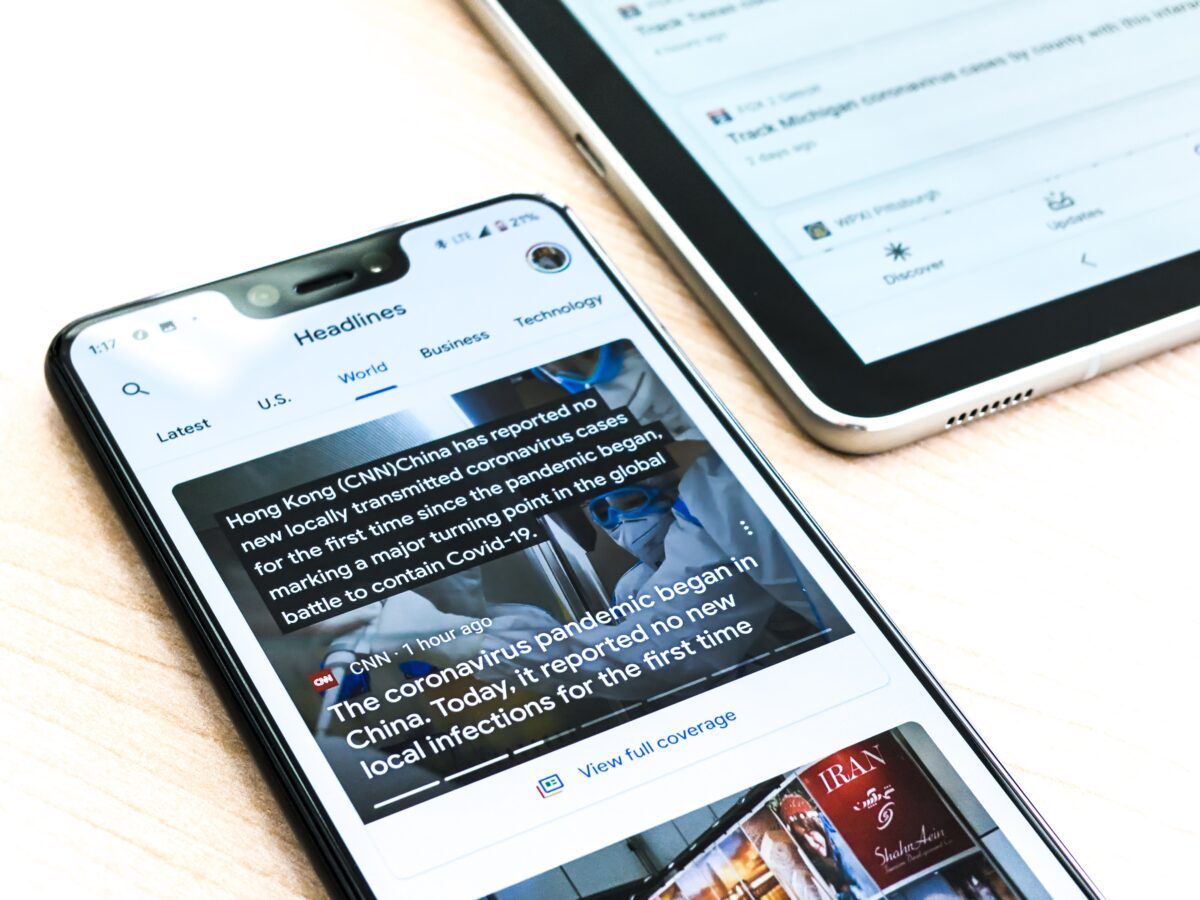No products in the cart.


A respected friend gave me a great insight a few days ago about her role in organizing customer visits…you know, when a large prospective customer comes to the factory/headquarters to perform detailed investigation of one or more critical issues. She was renowned for arranging high-impact presentations…when she got the right inputs.
My friend was in charge of scheduling and all local arrangements once a visit request came in. She described one of her major challenges: when a salesperson requested a visit without a plan. A visit is a significant investment for both buyer and seller, and needs to create maximum impact. Frustratingly, my friend was hamstrung without understanding what issues were significant – especially any key issues being weighed by that customer.
Then she dropped the Insight Bombshell.
Key insight: it was only low-performing salespeople who said “just wow them” or words to that effect. By contrast, high performers consistently articulated what had to happen during the visit, what issues to emphasize, and what “success” would look like with each attendee. Sadly, the low performers put the company in the position of trying to arrange an impactful meeting without any charter.
Typically, sales at this company involved a variety of technical issues (mechanical and electrical), aesthetic/design considerations, flexibility, durability, and more. Capabilities available exceeded time to cover them. Great salespeople knew what value they needed to show, and made it a point to focus everyone’s attention on impactful, leverageable differentiation. They set aside any differentiation not relevant to the selling situation at hand.
Does this sound familiar in your business? How often do you demo without a differentiation plan? Do you ever place trial systems without a definition of success or without a clear idea of what the trial customer is trying to learn? Bottom line, do you know what knowledge and perception gaps you must try to fill? If not, do you think you might be one of those “just wow them” sellers?
Don’t waste opportunities
Even ignoring the expense and time investment of the typical “plant visit”, you need to learn from this insight. Don’t waste scarce demo specialists, even on a virtual demo. Point subject matter experts at critical value gaps beforehand. Perhaps most critically, your selling time is precious; spending it on non- or marginally impactful differentiators is two mistakes in one:
- You are wasting selling time on issues that don’t move a deal.
- You are distracting attention away from deal-moving differentiation when you dilute it in low-priority information.
The second point comes directly from consumer choice research: If you dribble critical value into a stream of irrelevant product (or service) promotion, you’re asking your customer to play “Where’s Waldo” with your value. Unfortunately, customers would rather just go somewhere else (a competitor?) to obtain a useful (to them) stream of key value points.
This is why “show up and throw up” sales calls are so harmful. Discover specifically where you can show value to a customer via customer-focused interaction, then demonstrate those specific value creators that connect to the customer-perceived value gap.
Takeaways:
Here’s what high performing sales people do:
- Discover value gaps first – before sharing anything about your solution.
- Share your differentiated way(s) of addressing those value gaps. Use experts and customer visits to address gaps, not merely to spray them with features and benefits.
- “Yada yada” (de-emphasize) areas where you have parity with other solutions. Just make sure that those personas responsible for confirming basic functionality are satisfied– separately if at all possible.
- Make sure the customer has connected your differentiation to their value gaps.
- Walk your customer through a thought experiment that causes them to envision all primary and ancillary outcomes of closing the value gap….in as much detail as possible.
Discuss below, or reach out to me to discuss how you and/or your salesforce can have those kinds of highly impactful interactions.
To your success!

















